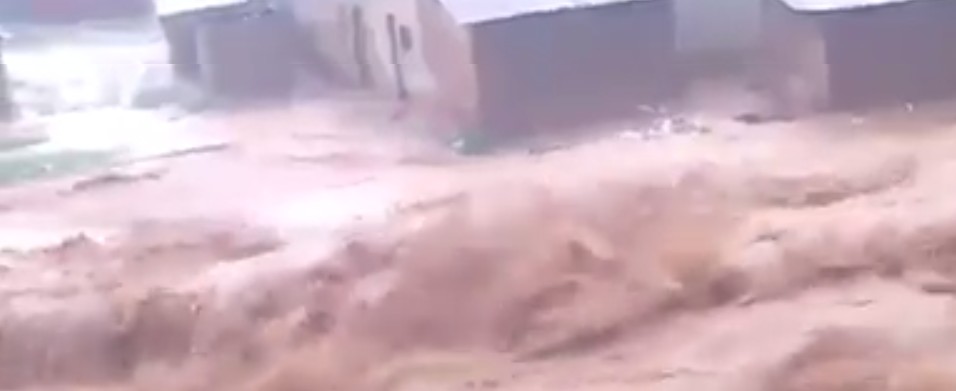Several dead, at least 24 injured in devastating rainstorms, Rwanda

Starting on September 17, 2017, several provinces of Rwanda have been struck by severe storms and rain, causing major damage, taking several lives and forcing people out of their homes.
The unfortunate event began at around 15:30 local time in provinces Nyamasheke, Rusizi, Huye and Bugesera, Ngoma, Kirehe, Gicumbi, and Rubavu and Nyabihu, heavy rain and wind destroying farms, houses and other property by the common people of these areas.
Storms brought more damage in Rusizi, Nyamasheke, Ngom and Bugesera, and Huye than in other affected areas. What makes this disaster even worse, is the fact that Rwandans already faced similar catastrophic event this year.
This time, Rwandan Red Cross Society was ready to take action immediately after the first winds and raindrops hit the area. Unfortunately, they could only do so much and the storms killed 3 people and injured 24. The survivors have been relocated to safe locations, though left without homes, or any life belongings, just what they could take in a hurry with them, during the evacuation.
According to data from a rapid assessment conducted by Rwanda Red Cross staff and volunteers, it is estimated that 5 850 people from 1 170 households have been affected by heavy winds and out of them 640 families are now homeless and classified as most vulnerable.
The affected families are currently accommodated in the nearby communities after their homes were damaged and a variety of household materials, shelters and clothing destroyed, leaving the affected population without basic necessities and means. Household bedding materials were also destroyed, creating the need for blankets, sleeping mats and other essential non-food items.
It has been reported that an estimated of 1 024 ha (2 530 acres) of mixed crops (including banana trees and cassava plants) were destroyed, and household food stocks were completely damaged. As a result, a lack of access to food stuff presents a situation that may result in short-term food insecurity, especially for chronically ill people, the elderly, female-headed households, lactating mothers and under-five children, pregnant women, and single parents.
Furthermore, latrines and other sanitation infrastructure were also destroyed, increasing the risk of diseases outbreak, particularly during the current rainy season.
Featured image: Kigali flood, Rwanda (file photo).

Commenting rules and guidelines
We value the thoughts and opinions of our readers and welcome healthy discussions on our website. In order to maintain a respectful and positive community, we ask that all commenters follow these rules:
We reserve the right to remove any comments that violate these rules. By commenting on our website, you agree to abide by these guidelines. Thank you for helping to create a positive and welcoming environment for all.